NASA detected a faint “heartbeat” signal from Voyager 2, after an erroneous command caused the spacecraft to lose contact with Earth.
Updates:
(August 4, 2023): Using its highest-power transmitter, NASA sent a signal to Voyager 2 that succeeded in reorienting its antenna and restablishing regular contact. Read more here.
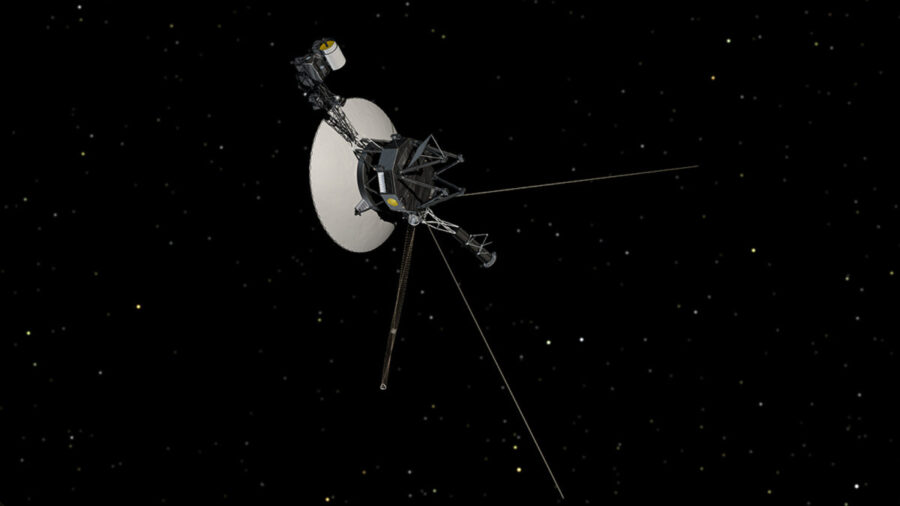
NASA/JPL
An erroneous command caused NASA to lose contact earlier this week with the Voyager 2 mission, which is headed out of the solar system. Now, NASA's Jet Propulsion Laboratory (JPL) has announced that it has detected a faint "heartbeat," a carrier signal that indicates the spacecraft is still operational.
NASA announced earlier this week that a glitch in commands sent to the spacecraft on July 21st inadvertently caused the spacecraft to point 2° off-axis from its sight line to Earth. While this might not seem like much, the spacecraft is 19.9 billion kilometers (12.4 billion miles) — or 18.5 light-hours — away, and the change was enough for ground controllers to lose contact. Controllers immediately began attempts at recovery.
This loss of contact is not without precedent: In 2020, NASA lost contact with Voyager 2 for seven months. Fortunately, the spacecraft’s computer automatically re-orients itself several times a year. The next such reset is coming up on October 15th.
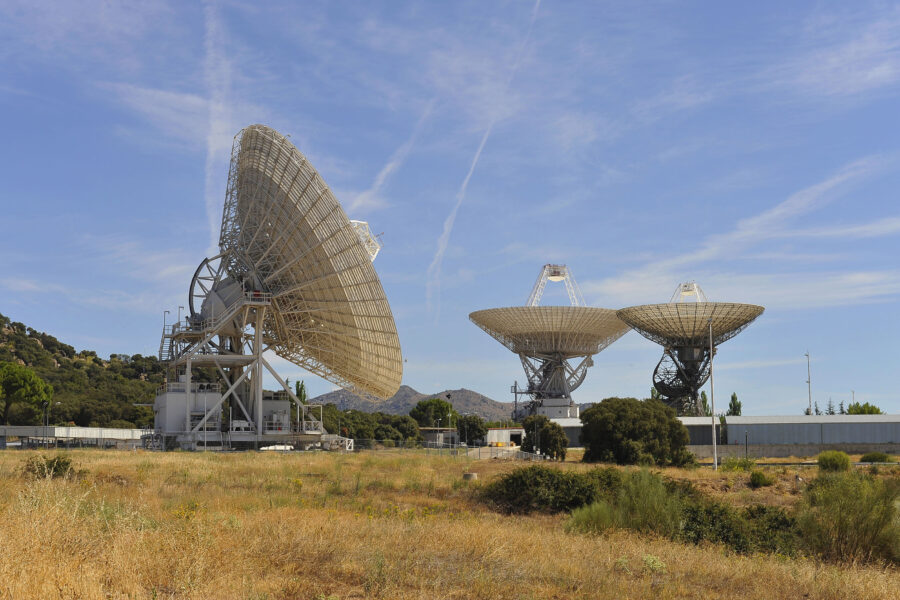
NASA
After two weeks of silence, NASA's Deep Space Network picked up a hopeful sign that recovery might come earlier. The detection of the carrier wave signal shows that Voyager 2 is in good health. Ground controllers will next dispatch another command, attempting to reorient the spacecraft in order to reestablish full contact.
"We enlisted the help of the DSN and Radio Science Groups to help see if we could hear a signal from Voyager 2," says Suzanne Dodd (NASA-JPL). "We know the spacecraft is alive and operating... this buoyed our spirits. We are now generating a new command to attempt to point the spacecraft antenna toward Earth." Dodds notes that although this has a low probability of success, October 15th is "a long time to wait, so (we) will try sending up commands several times prior to that date."
The Legacy of the Voyager 2 Mission
The twin Voyager 1 and 2 missions span generations and represent some of the oldest, active deep space missions. Launched in 1977, both missions took advantage of a rare alignment of the outer planets to perform a series of Grand Tour flybys. Voyager 2 is no stranger to software glitches, as it had to overcome a failed primary receiver shortly after launch.
Both spacecraft made successful flybys past Jupiter and Saturn. A close pass near Saturn’s largest moon, Titan, ejected Voyager 1 from the plane of the solar system. Meanwhile, Voyager 2 went on to explore Uranus and Neptune, the only mission to date to see those ice giants up close.
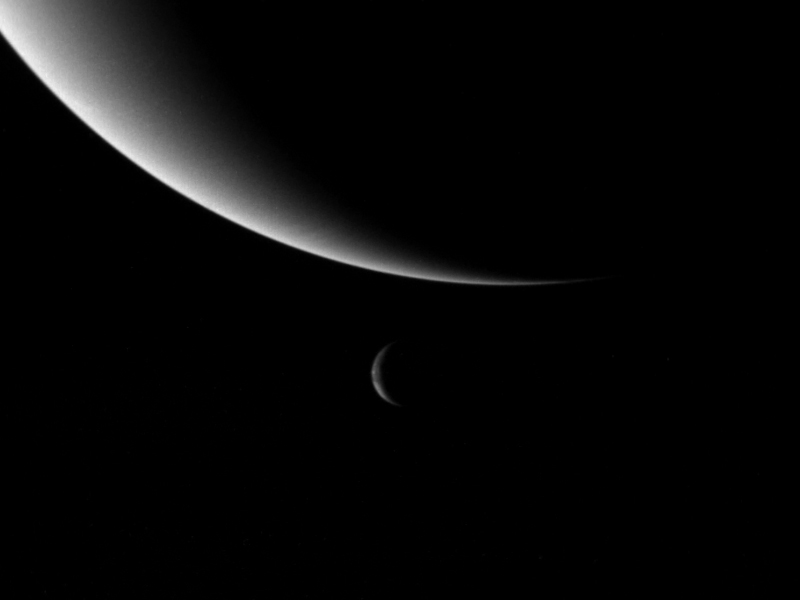
NASA / JPL
Now, both Voyager 1 and Voyager 2 are exploring the outer heliopause and heliosheath environments that bound the solar system. Both plutonium-fueled spacecraft are funded to operate over the next few years, although the waning power supply has forced engineers to switch off certain instruments. The missions will probably come to an end later this decade. Voyager 1 is outbound in the direction of the constellation Ophiuchus, while Voyager 2 is headed in the direction of the southern constellation of Pavo, the Peacock.
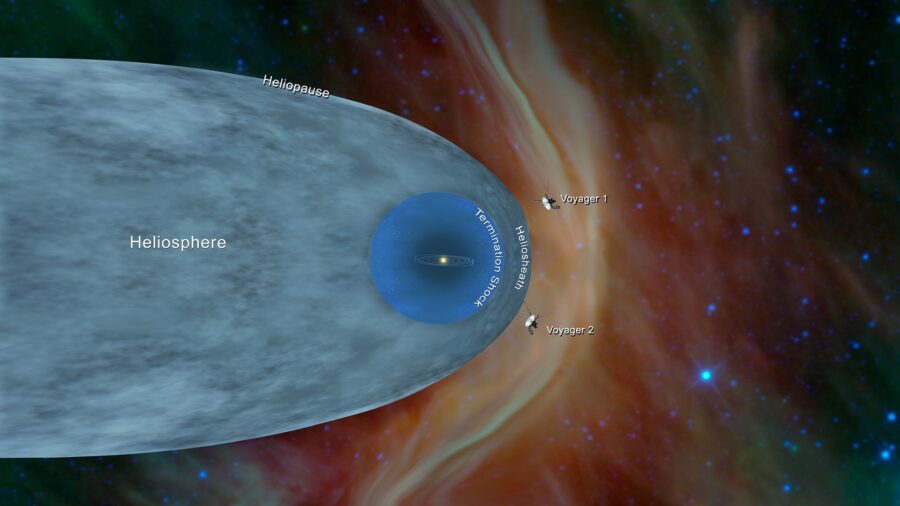
NASA / JPL
Also escaping the solar system are Pioneers 10 and 11 (now both silent) and the New Horizons mission, which visited Pluto and its moons in 2015 and the Kuiper Belt Object 486958 Arrokoth in early 2019. The Star 37E/48B upper stage boosters that sent these five missions on their way are outward bound, too.
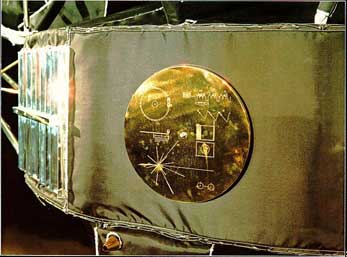
NASA
Voyager 2 isn’t down for the count yet, as the plucky spacecraft continues to probe the depths of the interstellar medium.
 8
8









Comments
Robert-LaPorta
August 2, 2023 at 4:53 pm
Voyager 1 and 2 along with Pioneer 10, 11 and the New Horizon spacecraft will probably be the only evidence of our existence even after the sun expands and swallows the earth.
You must be logged in to post a comment.
Martian-Bachelor
August 2, 2023 at 7:59 pm
Whatever reason do they have for sending it commands at this point? To do what?
You'd think they'd have all that operations stuff down by now so errors were caught before being sent.
You must be logged in to post a comment.
Anthony Barreiro
August 2, 2023 at 9:49 pm
They're operating a 46 year old spacecraft, 35 years after the completion of the primary mission, with a total of 68KB computer processing power (three pairs of redundant computers with different functions), a 23-watt radio transmitter, 37 hours round-trip for a message to the spacecraft and response. Anybody who has done anything remotely as challenging is qualified to criticize and advise.
You must be logged in to post a comment.
Yaron Sheffer
August 3, 2023 at 5:19 am
And if those are the same (Assembler? Fortran 66?) programmers still at work, they must be in their 80s or 90s, lol.
Just ask HAL 9000: “This sort of thing has cropped up before, and it has always been due to human error.”
You must be logged in to post a comment.
Anthony Barreiro
August 3, 2023 at 6:59 pm
Fortran and assembly language.
The last original Voyager engineer, Larry Zottarelli, retired in 2016.
https://www.popularmechanics.com/space/a17991/voyager-1-voyager-2-retiring-engineer/
You must be logged in to post a comment.
Brian-Karas
August 4, 2023 at 11:06 pm
I worked on the Pioneer 10/11 missions for 12 years, and there was even less processing power for them. We were only able to store 6 commands in the spacecraft memory, and those were typically used to switch receivers in case of failure (this actually happened with Pioneer 11, but the microwave switch failed to operate). The only time I ever saw the spacecraft memory used was late in the mission when we had to orient the high gain antenna to within 1 degree of the earth. The power was so degraded by then that the only way we could do it was with the spacecraft transmitter turned off, meaning that we were maneuvering in the blind. The transmitter which was a TWT amplifier had never been turned off in 25 years, so we didn't know what would happen when we tried to turn it back on. We were afraid that thermal shock would cause the helix coil to shatter. I called Watkins Johnson, who made the tube, and even they didn't know what would happen. As it happens, the transmitter did turn back on and we all got to keep our jobs. We found out that no transmitter tube had ever been left on for so long, then turned off and turned back on again. One of the best parts of working for that program was that we were setting some kind of record just about every day. The round-trip time back then (late 1996) was about 23 hours. The way I used to explain it to people was to imagine turning on a light switch and then waiting for a whole day to see if the light came on. Fun times!
You must be logged in to post a comment.
Anthony Barreiro
August 8, 2023 at 12:58 am
Wow. Thank you for sharing this story.
You must be logged in to post a comment.
Andrew James
August 3, 2023 at 6:44 pm
Sigh. Read this please!
https://www.nasa.gov/mission_pages/ibex/IBEXDidYouKnow.html
Even Wikipedia on Voyager 2 says so in the very first line "Voyager 2 is a space probe launched by NASA on August 20, 1977, to study the outer planets and interstellar space beyond the Sun's heliosphere."
You must be logged in to post a comment.
You must be logged in to post a comment.